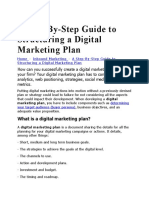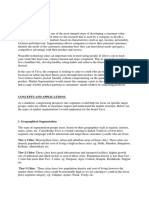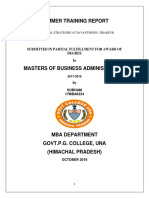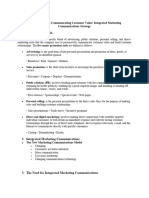0% found this document useful (0 votes)
31 views4 pagesStartup Concept Development Guide
The Startup Concept Development Guide outlines essential steps for launching a new business, starting with identifying a market problem and evaluating its potential. It emphasizes the importance of developing a Unique Value Proposition, building a business model, and validating the concept through customer feedback and prototyping. The guide concludes with strategies for branding, go-to-market planning, and securing funding to scale the startup effectively.
Uploaded by
missiona.carlaCopyright
© © All Rights Reserved
We take content rights seriously. If you suspect this is your content, claim it here.
Available Formats
Download as PDF, TXT or read online on Scribd
0% found this document useful (0 votes)
31 views4 pagesStartup Concept Development Guide
The Startup Concept Development Guide outlines essential steps for launching a new business, starting with identifying a market problem and evaluating its potential. It emphasizes the importance of developing a Unique Value Proposition, building a business model, and validating the concept through customer feedback and prototyping. The guide concludes with strategies for branding, go-to-market planning, and securing funding to scale the startup effectively.
Uploaded by
missiona.carlaCopyright
© © All Rights Reserved
We take content rights seriously. If you suspect this is your content, claim it here.
Available Formats
Download as PDF, TXT or read online on Scribd
/ 4








































































































